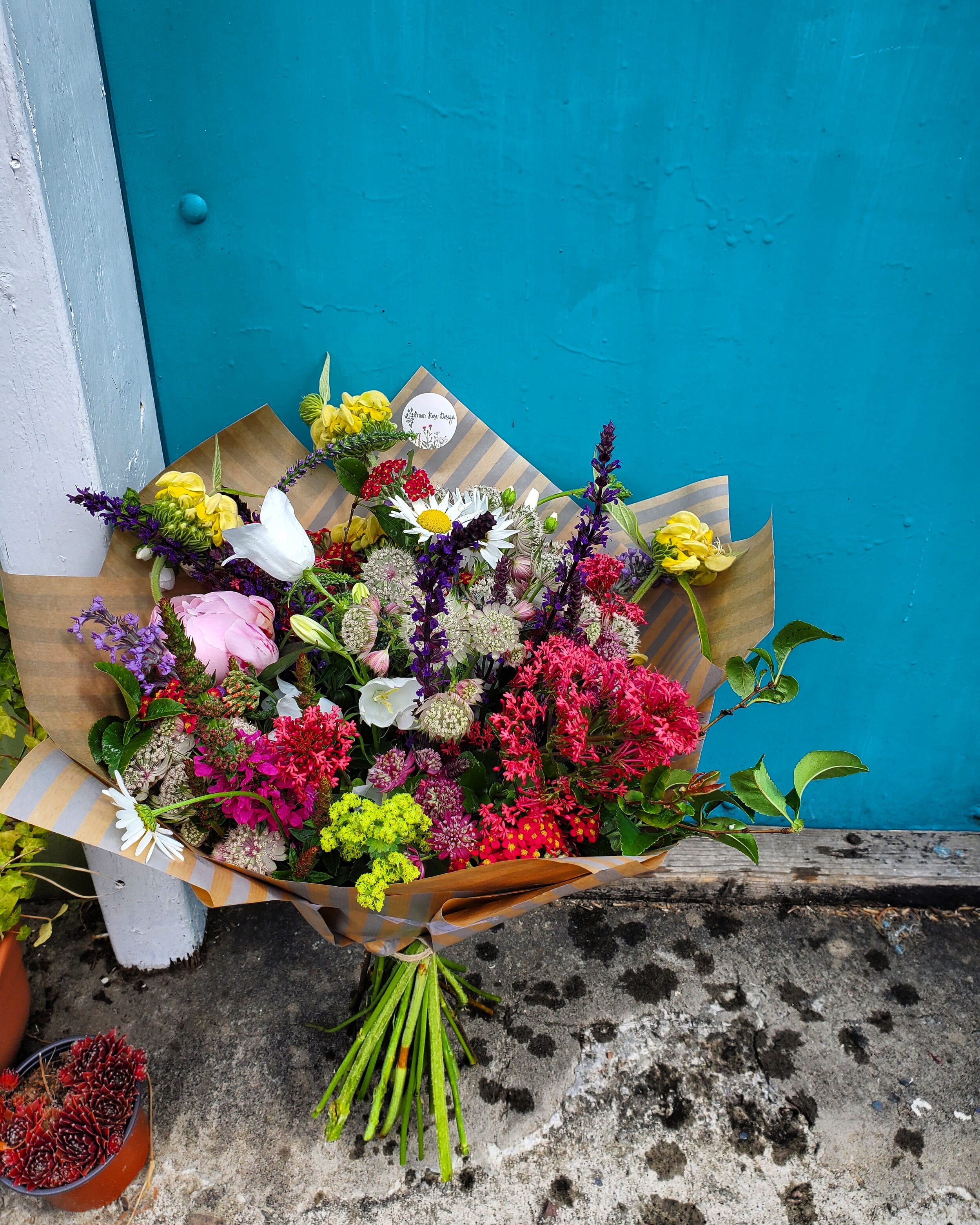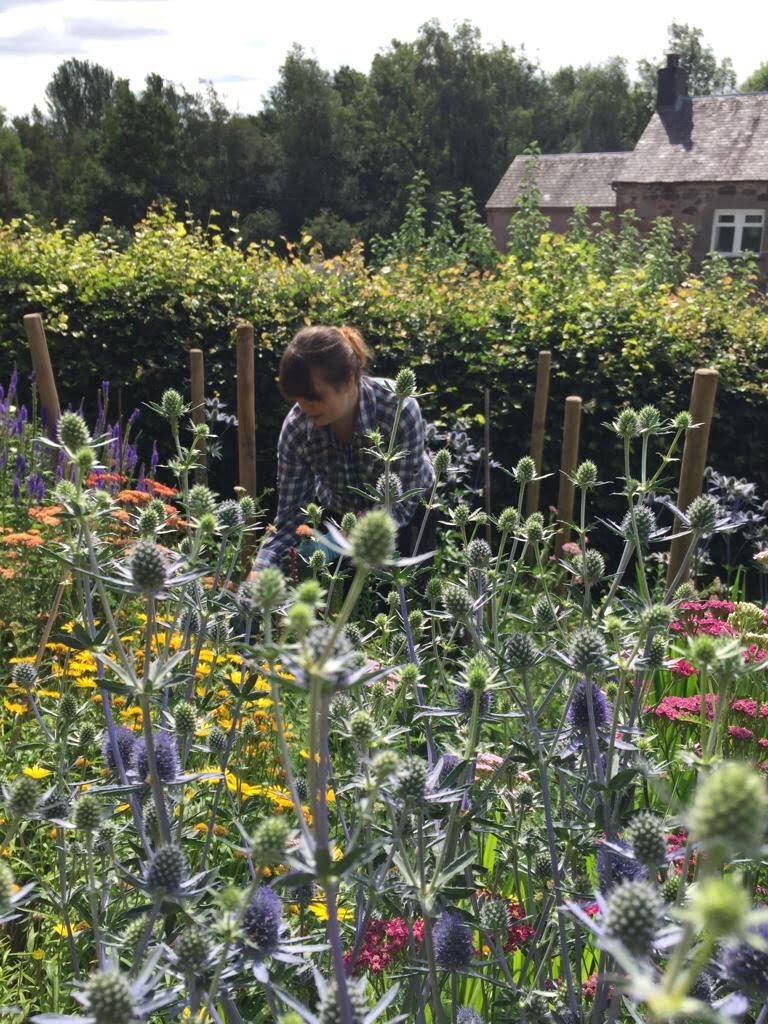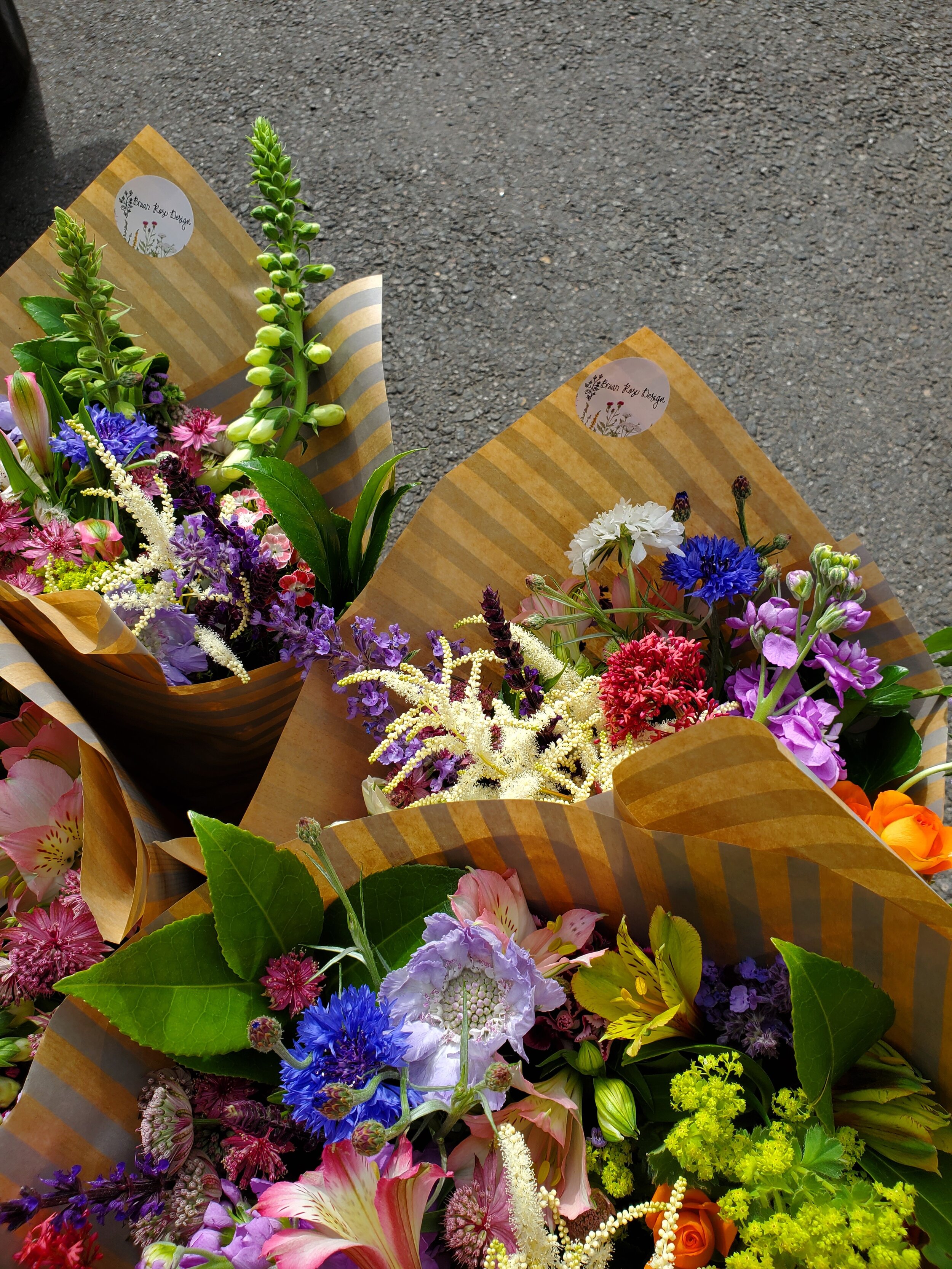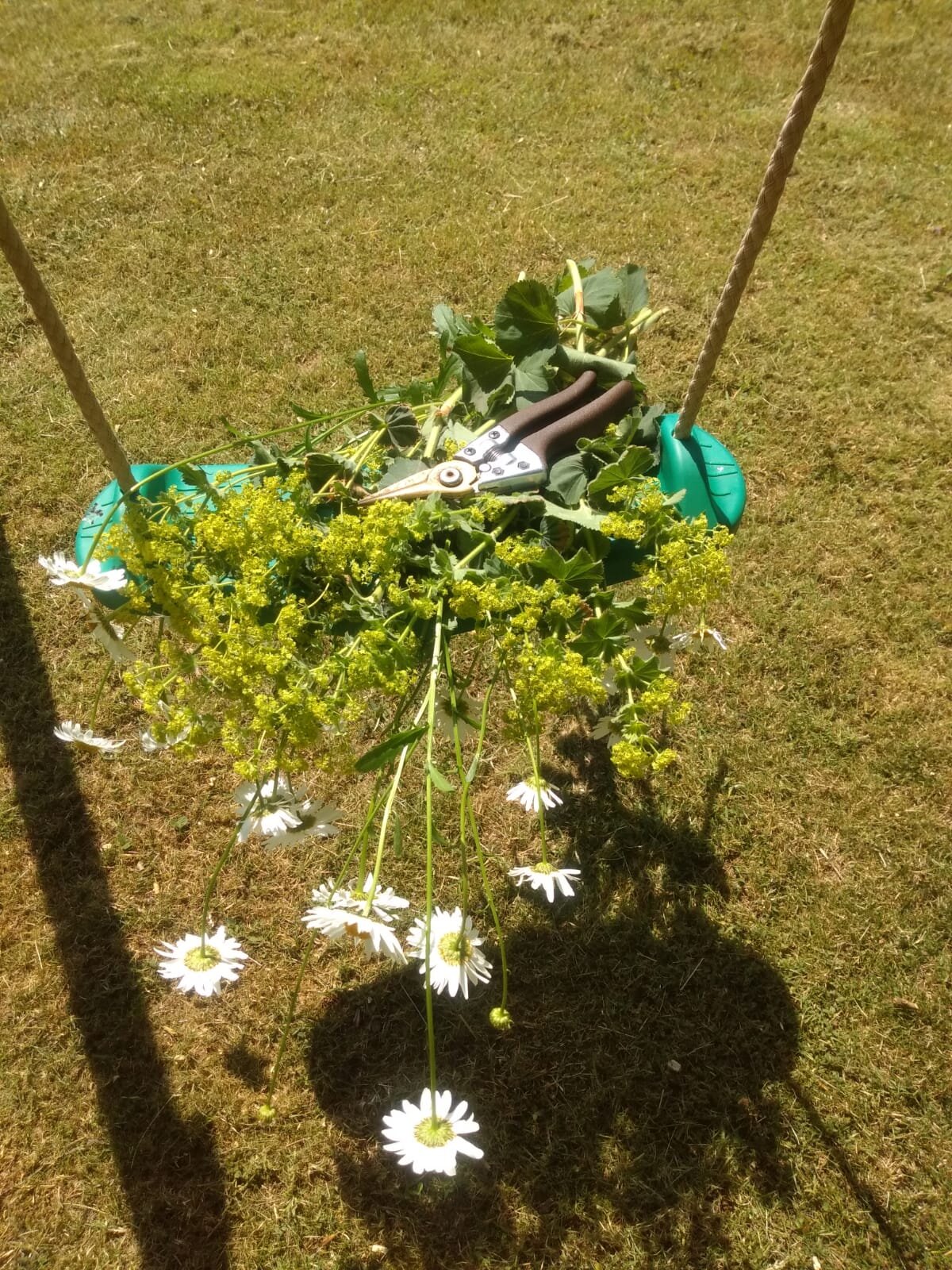The changing face of flower growing
In my last blog posts I talked about how the short journey from field to vase of British flowers means I can use more delicate wild flower varieties, and certainly the “journey” element of the cut flower industry has changed dramatically over the years. As technology and breeding advances allowed farmers to grow flowers that could withstand increasingly long journeys, flowers could be grown much further away from the markets where they would eventually be sold. Increases in the price of land and labour costs as well as regulation on labour and environmental conditions all contributed to various flower farms and corporations looking for land to grow flowers elsewhere in the world so they could maximise their returns.
According the Flowers from the Farm website:
Today 90% of the flowers sold through UK florists, supermarkets and wholesalers are imported not just from Holland but flown from as far afield as Ecuador, Colombia, Kenya and even Ethiopia.
Air miles
This brings me onto air miles and carbon footprint. These days we are all much more aware of our carbon footprint and the effect of our way of life on climate change. Although I am definitely not perfect as I still drive a diesel van, I am aiming to make my business have a much smaller impact on the environment by reducing my use of imported materials. By trying to limit my imported materials to less than 20% I hope to cut down on my designs’ air miles.
At the moment I still accept weddings and bookings in the winter season when there are fewer British grown flowers to choose from so have to use imported materials then, but one day I would love to be in a position financially to only work in the British growing season. As with all environmental concerns there has to be a balance with making a commitment to sustainability and running a viable business as a one woman band.
To give you a sense of the figures involved, in a study I read earlier this year it calculated bouquet emissions as follows:
5 Kenyan roses + 3 Dutch Lily + 3 Kenyan Gypsophila - 31.132 Kg Co2
5 Dutch Roses + 3 Dutch Lily + 3 Kenyan Gypsophila - 32.252 Kg CO2
5 outdoor grown Uk Snapdragons + 3 Uk Lily + 3 Uk Alstromeria - 3.287 Kg CO2
15 stems mixed outdoor UK grown flowers, grown and sold locally (eg to Booths Supermarket, Lancashire)- 1.71 Kg CO2”
To give this some context the report continues: “Flying to Paris from London in economy class 58kg CO2 per passenger. “ (A comparative LCA of the carbon footprint of cut-flowers: British, Dutch and Kenyan - Rebecca Swinn (MSc Thesis, Lancaster University 2017) )
I find it horrifying that a bouquet of flowers can have as much CO2 as half a flight to Paris from London.
Photo by Joy Story
Practice what you preach
I was initially spurred on to write these blogs by some friends who have had to put up with my occasional rants when I see other florists claiming to be “sustainably minded” or “environmentally friendly” on Instagram and Facebook and getting a lot of praise for it but then if you look at their feeds most of the images suggest that they don’t use sustainable practices, whether that be going #foamfree, avoiding dyed or bleached materials, or trying to buy either British grown or ethically farmed imported flowers. My friends pointed out that those praising them on social media, and in fact most people in general probably didn’t know about the connections between flowers and air miles, seasonality etc so perhaps I should write a blog. I Initially I told my friends I wouldn’t have much to say but as I started writing I realised that there is lots to say about using British flowers and learning more about sustainable practices and if I don’t talk about it how will my customers know that this is an important part of my creative practice and business model?
While I am definitely not perfect in terms of sustainability and the ethics of flowers I am always open to learn and am trying to fine tune my business so that I can work in a much more environmentally friendly way. I don’t have all the answers and I recognise that by buying British flowers I may then be putting livelihoods in danger of foreign workers but hopefully by writing these blogs it goes some way to highlighting these issues to other florists and my customers.
Next in my series of British Flowers blogs I will talk about environmental and social concerns of buying imported flowers. If you’d like to talk about any sustainability issues in floristry, would like me to write about any particular subjects about sustainable or ecofloristry or just want to chat wedding flowers or funeral flowers take a look at my wedding flowers gallery, or my funeral flowers Instagram, or get in touch.






